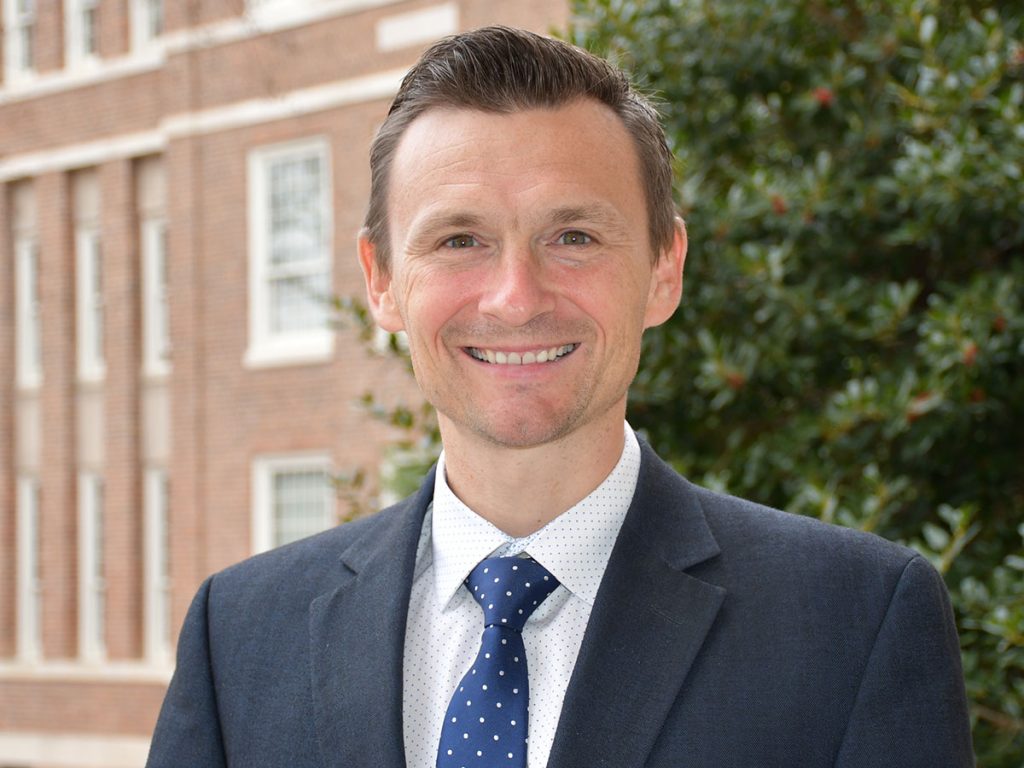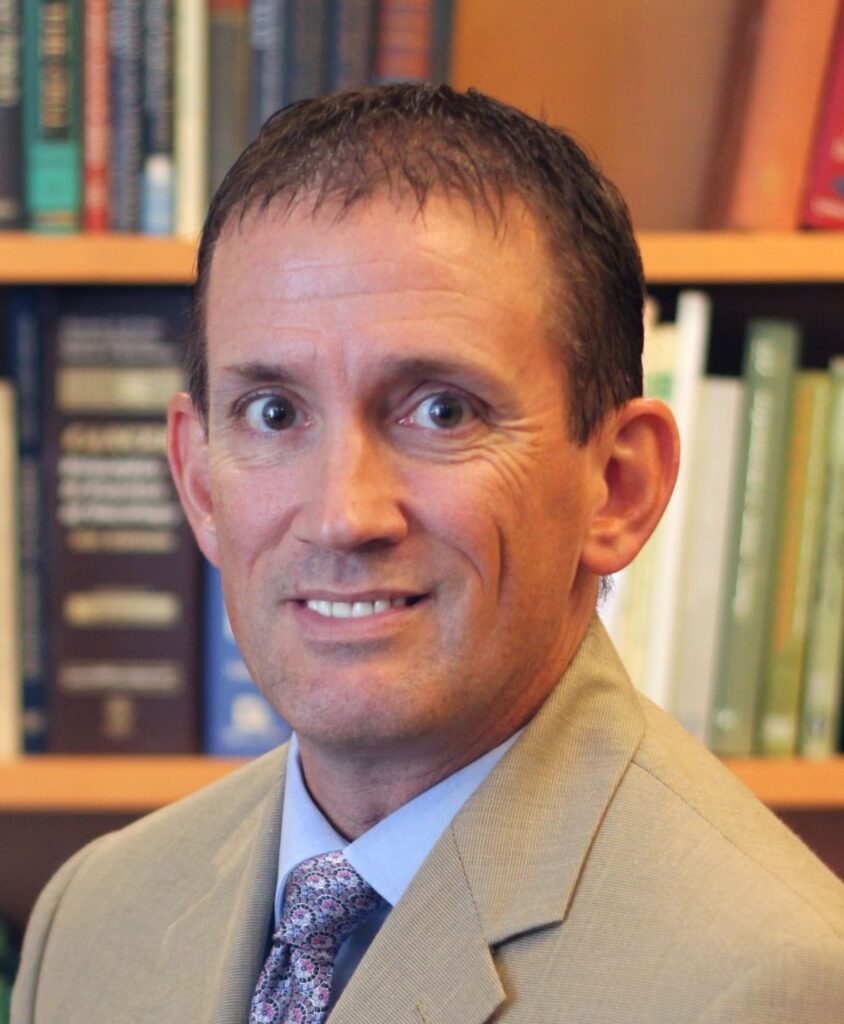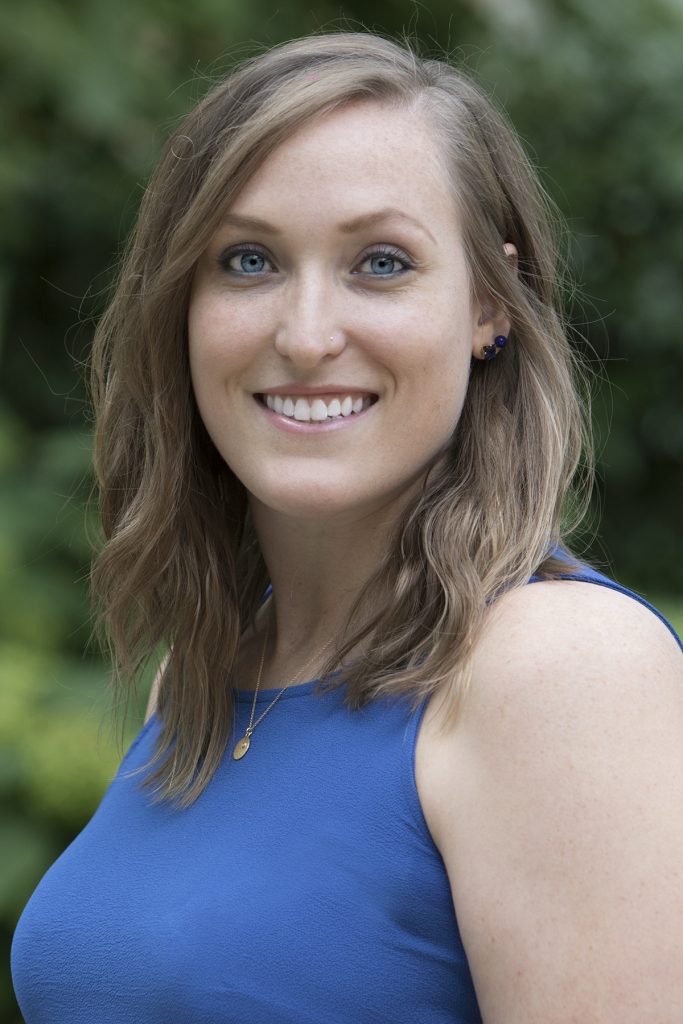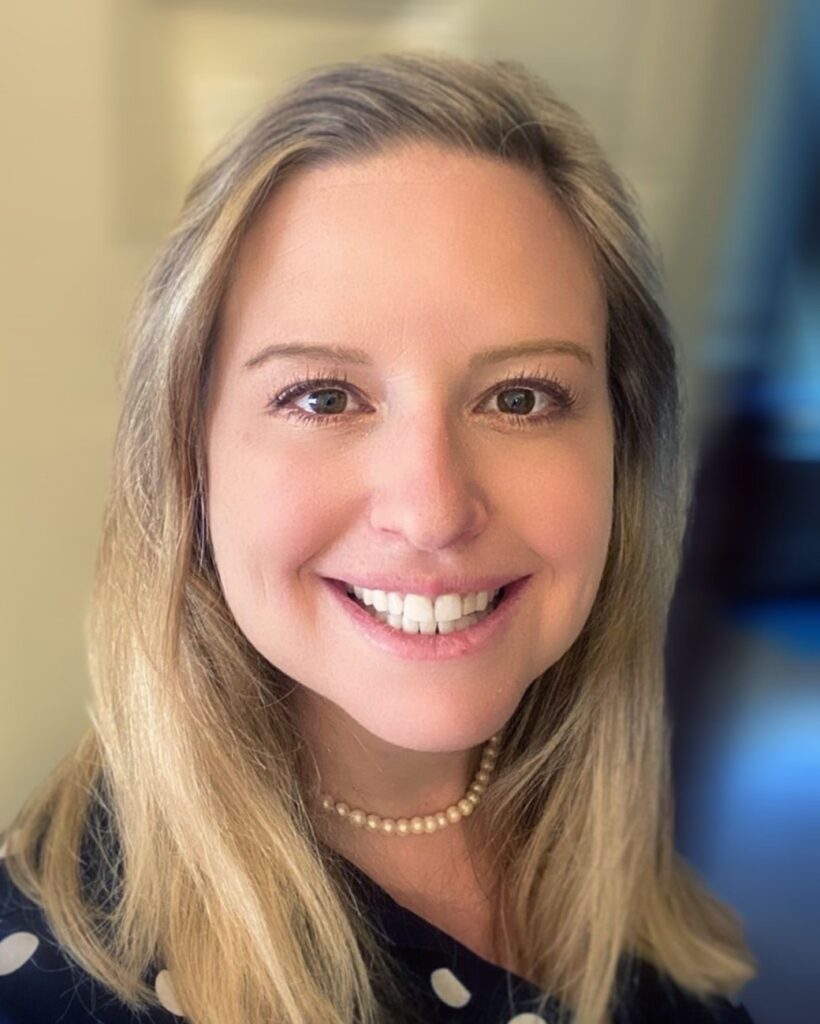

Lukasz Mazur, PhD
Associate Professor of Radiation Oncology and Information and Library Science
Director of the Division of Healthcare Engineering
Zero Harm and Excellence in Patient Care.
Researching, teaching, and developing the infrastructure and culture of high reliability and wellbeing
Respect & Trust, Results-Oriented, Honesty & Integrity, Supportive & Caring Environment (Empathy, Kindness, and Compassion)
We believe in Zero Harm — via Lean and High-Reliability thinking. Some concepts we use include a hierarchy of effectiveness, search for simplicity, acceptance of complexity and drift, transparency, visual management, and standard work.
Just like high-reliability industries (e.g., banking, aviation, nuclear power, oil, and gas), we believe in incident learning systems, daily huddles, and ‘Gemba’ walks that enable organizations to continually and sustainably improve their systems.
We believe in A3 thinking to solve problems. A3 is a visual manifestation of a structured problem and continuous improvement approach. The name A3 refers to a single sheet of ISO A3 sized paper which is typically used in such a project.
Providers’ engagement with patient safety and continuous improvement efforts are of most importance to healthcare organizations. Over the last decade, our work has led to the development of models of individual transformation to safety mindfulness (or in other words, the individual engaging in proactive and prospective (vs. reactive and retrospective) incident reporting and problem-solving; while maintaining overall wellness). Our work in this area focuses on the implementation and assessment of improvement programs, methods, tools, and technology aimed at increasing safety mindfulness, and wellness of healthcare providers.
Care delivery is done in complex and stressful environments. Workers often need to perform multiple tasks concurrently while being subjected to many hand-offs and cross-coverage situations. To better understand such circumstances, we have created a human-factors laboratory where we have been investigating contributing factors and root-causes of patient safety events.


Associate Professor of Radiation Oncology and Information and Library Science
Director of the Division of Healthcare Engineering


Research Project Manager


Assistant Professor, Clinical Informatics


Assistant Professor
Division of Healthcare Engineering


Operations Manager

